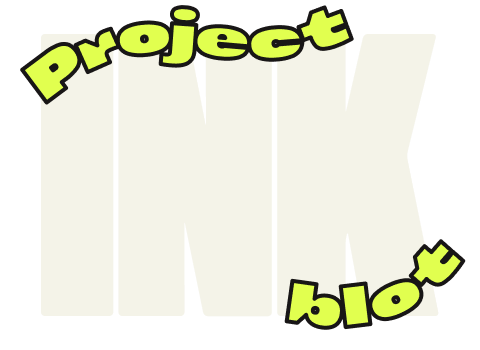Did you come to New York for an art career?
Yes, but also--Peter--my husband at the time, was coming for work. Peter was working at Columbia and he told me that since he worked there that they had a deal and relatives could study for free, but the contract that he had didn’t have that privilege. I had no idea what sort of institution Columbia was. I said "okay it sounds good, I’m going to try to do that." But when I went to Columbia with my transcript, they just said no. They also don’t offer continuing education courses, or anything that is sort of available to the general public.
I was living in that neighborhood with Peter, working at a local coffee shop, sometimes I would walk through campus and see the art building and walk by that print shop that they have, because it’s on the first floor, and you can look in. And there was nobody there ever. Whenever I would walk by, I would think, this is so fucked up! That made me really grateful for the openness of SVA.
Did that experience change your perception of art school?
In general, the whole arts school thing is—from the outside—so scary and elitist to me. In Austria, Germany, and France I hear stories about people who apply 3 times, 5 times, up to 10 times. I just don’t understand why it's made so hard for people to go to school. It's easier to get into medical or law school.
How are artists viewed in Austria?
I think that [there are] probably two major distinctions: an artist who's in the spotlight and who [is] seen as interesting and looked up to, and there are artists that are viewed as crazy, or somebody who will never make it, who will always struggle to make money.
Yet in Austria, we have a big and important artistic culture. It is valued a lot. Vienna has the greatest density of cultural places in relation to the inhabitants; whether it's the museums, or theaters, concerts, music venues, there's really a lot of stuff going on. I feel like it's not just a lot of stuff, but stuff with quality, and I don't think people really recognize that in Europe. Everyone is going to Berlin. Everything is supposedly happening there--but I think there's a lot to explore in Vienna--stuff that I haven't even seen yet.
What are some aspects of Vienna's rich history?
Austria had its heyday around the 1900s through 1920s. Famous artists like Gustav Klimt came from that time. There wasn't just visual art--there was important literature, and science--like Freud. All those people were coming together. They weren't secluded in their paintings or specific mediums. People were meeting in the salons and they inspired each other and I think that was a really important time for Austria and art, and I think it still is.
In Vienna, are artists mostly working within their own creative enclaves now as opposed to that era in your own experience? I don't really hang out in artist circles. My circle of friends is so diverse. There are people who do all sorts of things. I think that's how I was a little bit different than my other friends who are mostly hanging out with artists. They do get together and talk about things that are a little bit interdisciplinary. There's definitely collaboration going on.
What’s next for your work?
Just the other day actually, I had a friend who came over and asked me to show my artwork, and I never really get to do that. It's always funny to pull out this stuff and look at it. I realize that although I am always putting myself down or feeling like I'm not doing enough, I have so much stuff that I discovered that have been lying around for years, and I really want to make an exhibition and see what it looks like up on the walls, and have people look at it.
What materials have you been digging into lately?
I haven't printed anything since New York. What I did the last half a year in Vienna has all been on paper, I also applied to The Academy of Fine Arts this year, and I was maybe thinking too practical, and thought ahead about how I have to put this into a portfolio, and not on a canvas, but that's the wrong way to go about it. People go to the application process with huge canvasses and lots of crazy things. Actually paper is good. You feel less intimidated to ruin anything, so you can just throw it away.
Are there times where you ever feel like you don’t know what you’re doing?
It's more like, how do I find the time and space to actually organize stuff, or get myself to be creative? It's not that I feel lost about my art or anything, I feel pretty good about it, and confident actually. I'm just trying to keep it easy. You can only do as much as you can, and step by step. I have this kind of faith that even if it's going to take another 10 years for me to have my first big exhibition or whatever, I'll do it. I'm not worried about that.
